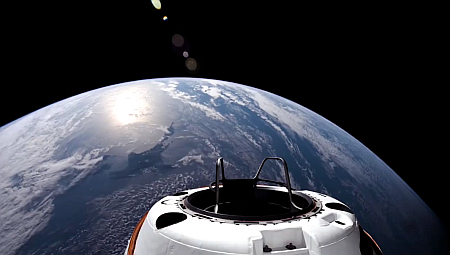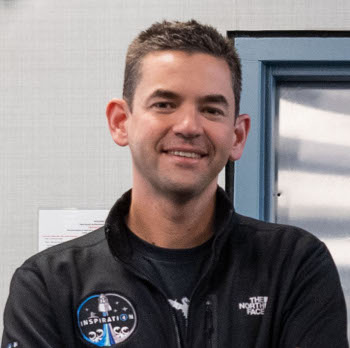Endurance capsule splashes down safely, returning four astronauts from ISS
SpaceX’s Endurance Dragon capsule successfully splashed down off the coast of California this morning, returning four astronauts from ISS after a five month mission.
I have embedded the live stream below. As of posting the capsule was about to be lifted from the water and placed in its nest on the recovery ship.
Once again it is important to note that this recovery is being done entirely by a private company and its employees. Once Endurance undocked from ISS NASA had no part to play. It purchased the ride from SpaceX, and SpaceX is providing the service.
» Read more
SpaceX’s Endurance Dragon capsule successfully splashed down off the coast of California this morning, returning four astronauts from ISS after a five month mission.
I have embedded the live stream below. As of posting the capsule was about to be lifted from the water and placed in its nest on the recovery ship.
Once again it is important to note that this recovery is being done entirely by a private company and its employees. Once Endurance undocked from ISS NASA had no part to play. It purchased the ride from SpaceX, and SpaceX is providing the service.
» Read more


